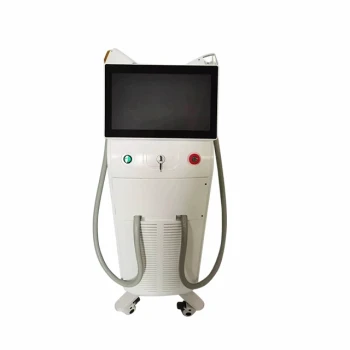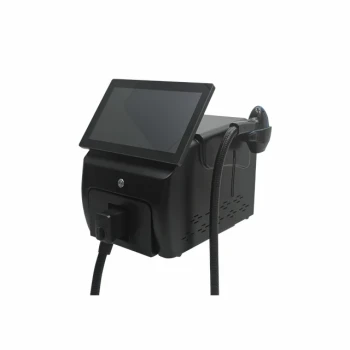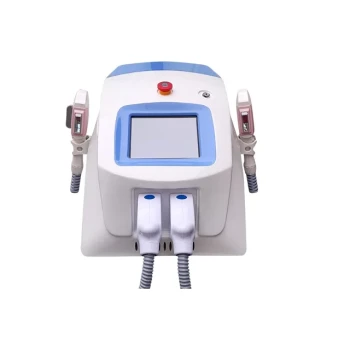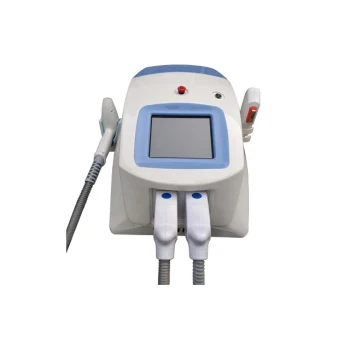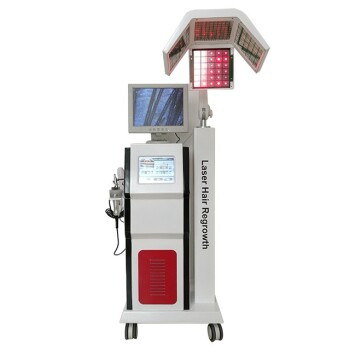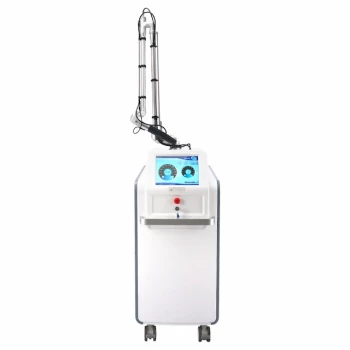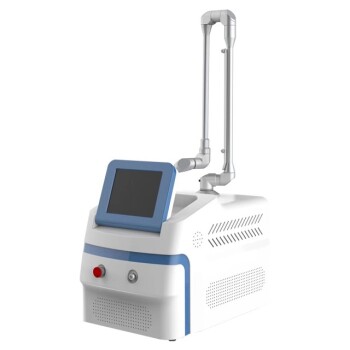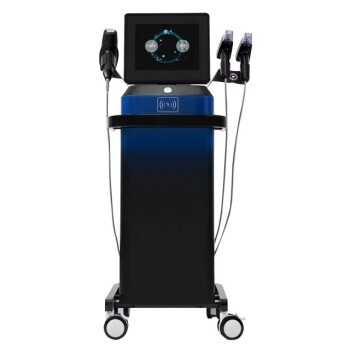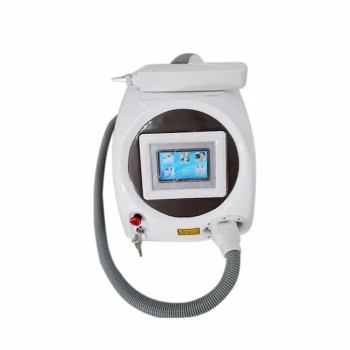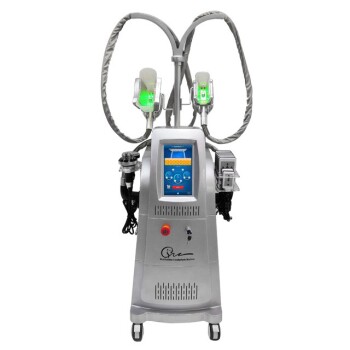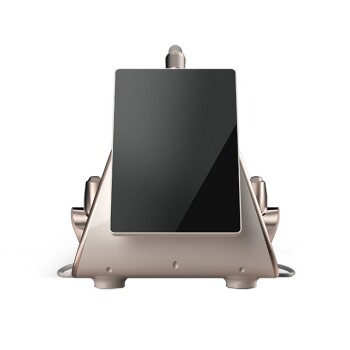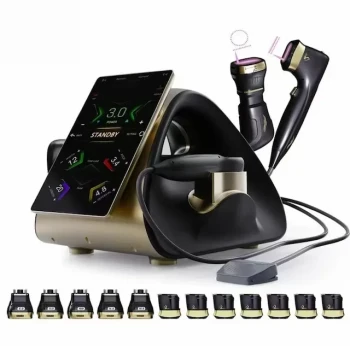Yes, diode laser technology is widely considered safe for skin when the procedure is performed by a qualified and experienced technician using a properly maintained, professional-grade device. Its safety stems from a specific wavelength of light that precisely targets melanin in the hair follicle, combined with integrated cooling systems that protect the surrounding skin tissue from heat.
The safety of a diode laser treatment is not inherent to the technology alone. It is critically dependent on the skill of the operator, an accurate assessment of your skin type, and strict adherence to pre- and post-treatment care.
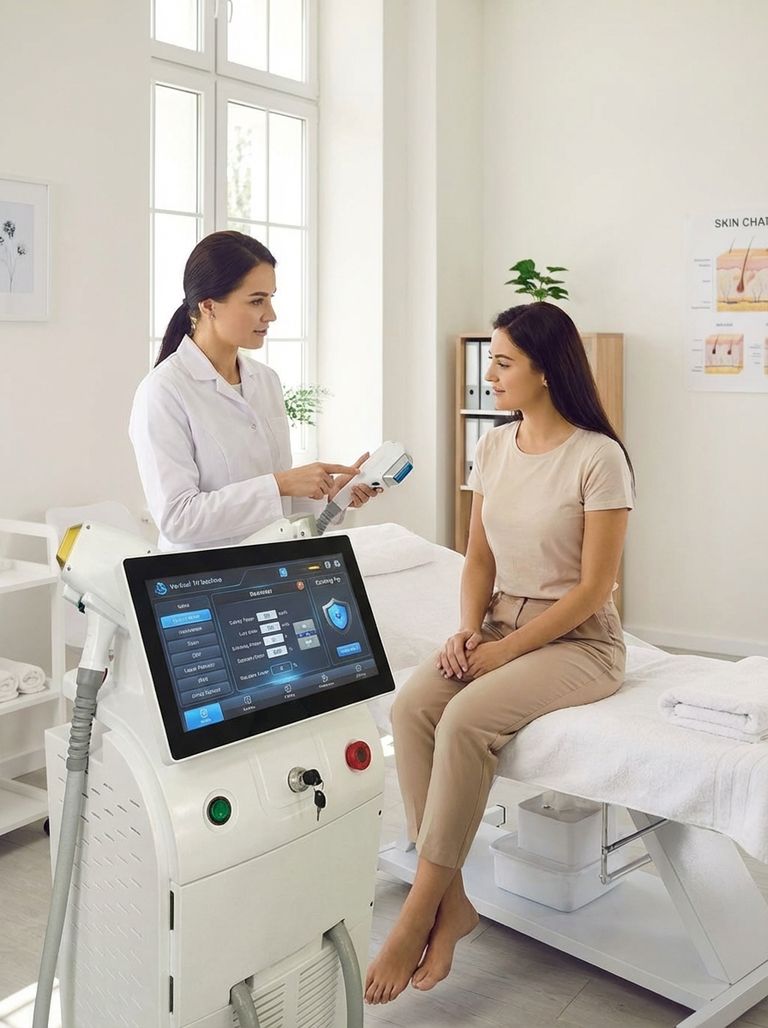
How Diode Lasers Achieve Safe Hair Removal
The design of a diode laser is centered on a principle that allows it to destroy a hair follicle while leaving the surrounding skin unharmed. This is achieved through a combination of light physics and engineering.
The Principle of Selective Photothermolysis
At its core, laser hair removal works by selective photothermolysis. This means using a specific wavelength of light (photo) that is absorbed by a target (the melanin pigment in hair), generating heat (thermo) to cause localized destruction (lysis).
The goal is for the laser energy to be absorbed by the dark pigment in the hair follicle, not by the pigment in the skin. This damages the follicle's ability to regrow hair.
The 800-810nm Wavelength Advantage
Diode lasers typically use a wavelength of around 800-810 nanometers (nm). This specific wavelength is a key to its safety and effectiveness, especially for a wider range of skin tones.
This wavelength penetrates deeper into the skin layers, reaching the base of the hair follicle more efficiently. At the same time, it is less readily absorbed by melanin in the epidermis (the surface layer of the skin) compared to some other laser types. This reduces the risk of surface burns.
Integrated Cooling Systems
Professional diode laser devices have a critical safety feature: contact cooling. The tip of the laser handpiece is actively chilled, often to near-freezing temperatures.
As the technician moves the device across your skin, this cooled tip pre-cools the treatment area, keeping the epidermis comfortable and protected just before the laser pulse is delivered. This dramatically minimizes the risk of burns and irritation.
Understanding the Risks and Potential Side Effects
While the technology is designed for safety, no cosmetic medical procedure is entirely without risk. Understanding these potential issues is key to minimizing them.
Common and Temporary Reactions
It is completely normal to experience some temporary side effects immediately following treatment. These are signs that the treatment was effective.
These include mild redness, slight swelling around the hair follicles (follicular edema), and a sensation similar to a minor sunburn. These effects typically subside within a few hours to a day.
The Risk of Burns or Pigmentation Changes
The most significant risks are burns, blisters, or changes in skin pigmentation (hyperpigmentation or hypopigmentation).
However, these adverse effects are not common and are almost always the result of operator error or a failure to follow protocol. This can include using an energy setting that is too high for the patient's skin type or treating skin that has recent sun exposure.
The Critical Role of the Technician
The single most important factor in the safety of your treatment is the person operating the laser.
A certified, experienced technician will conduct a thorough consultation, accurately assess your skin using a scale like the Fitzpatrick scale, and select the precise settings for your specific skin and hair combination. They are trained to recognize contraindications and manage any adverse reactions immediately.
Making the Right Choice for Your Goal
To ensure your diode laser experience is both safe and effective, your choices before the treatment are just as important as the treatment itself.
- If your primary focus is maximum safety: Choose a reputable medical clinic with certified technicians and FDA-approved devices, even if it costs more than a salon or spa.
- If you have a darker skin tone (Fitzpatrick IV-VI): Verify the clinic has extensive, demonstrable experience treating darker skin and uses a modern diode laser designed for this purpose. Always insist on a patch test.
- If you are concerned about pain or side effects: Ask specifically about the device's cooling technology during your consultation and follow all pre- and post-care instructions, especially regarding sun avoidance.
By prioritizing a qualified professional and a proven device, you can confidently and safely achieve significant long-term hair reduction.
Summary Table:
| Safety Factor | Key Detail | Why It Matters |
|---|---|---|
| Wavelength | 800-810 nm | Deeply targets hair follicles while minimizing skin surface absorption, reducing burn risk. |
| Cooling System | Integrated contact cooling | Actively chills the skin before the laser pulse to protect the epidermis and minimize discomfort. |
| Technician Skill | Certified & experienced operator | The most critical factor; ensures correct settings and skin assessment for your safety. |
Achieve Safe, Professional Results with BELIS
Unlock the full potential of professional diode laser technology for your clinic or premium beauty salon. BELIS specializes in providing state-of-the-art, reliable medical aesthetic equipment designed with advanced safety features, including precise wavelength control and integrated cooling systems.
Investing in a BELIS diode laser means offering your clients effective, comfortable treatments with minimized risk, enhancing your service quality and building unparalleled client trust.
Contact our experts today for a personalized consultation and discover the BELIS difference in professional aesthetic equipment.
Visual Guide
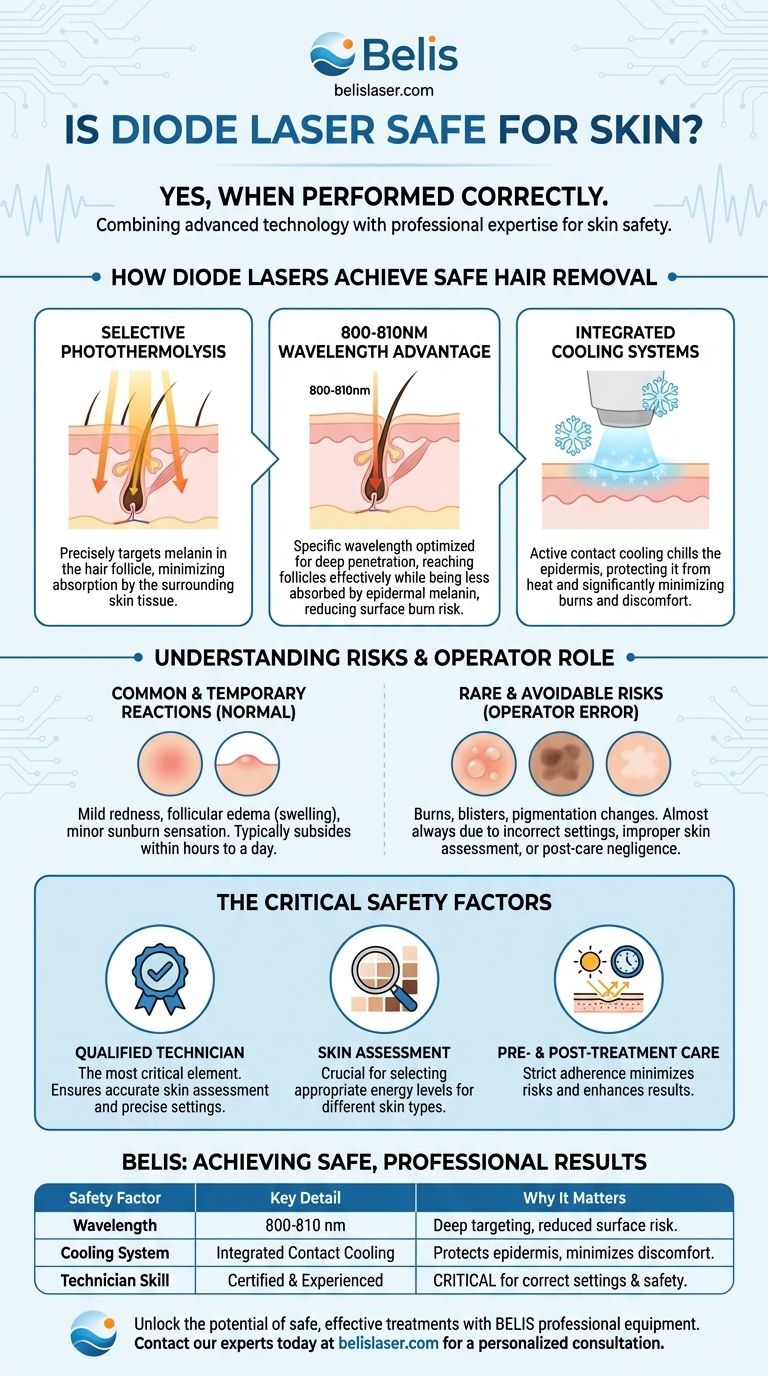
Related Products
- Diode Tri Laser Hair Removal Machine for Clinic Use
- Trilaser Diode Hair Removal Machine for Beauty Clinic Use
- Clinic Diode Laser Hair Removal Machine with SHR and Trilaser Technology
- Diode Laser SHR Trilaser Hair Removal Machine for Clinic Use
- IPL SHR Hair Removal Machine for Permanent Hair Removal
People Also Ask
- How can I maximize my laser hair removal results? A Guide to Optimal Treatment and Safety
- Is it safe to do laser every 2 weeks? The Critical Timing for Safe & Effective Results
- What is the best gap between laser hair removal sessions? The 4-6 Week Rule for Optimal Results
- What is the best way to remove hair from sensitive areas? A Guide to Pain-Free, Irritation-Free Results
- How to get the most out of laser? Maximize Your Hair Removal Results Safely
